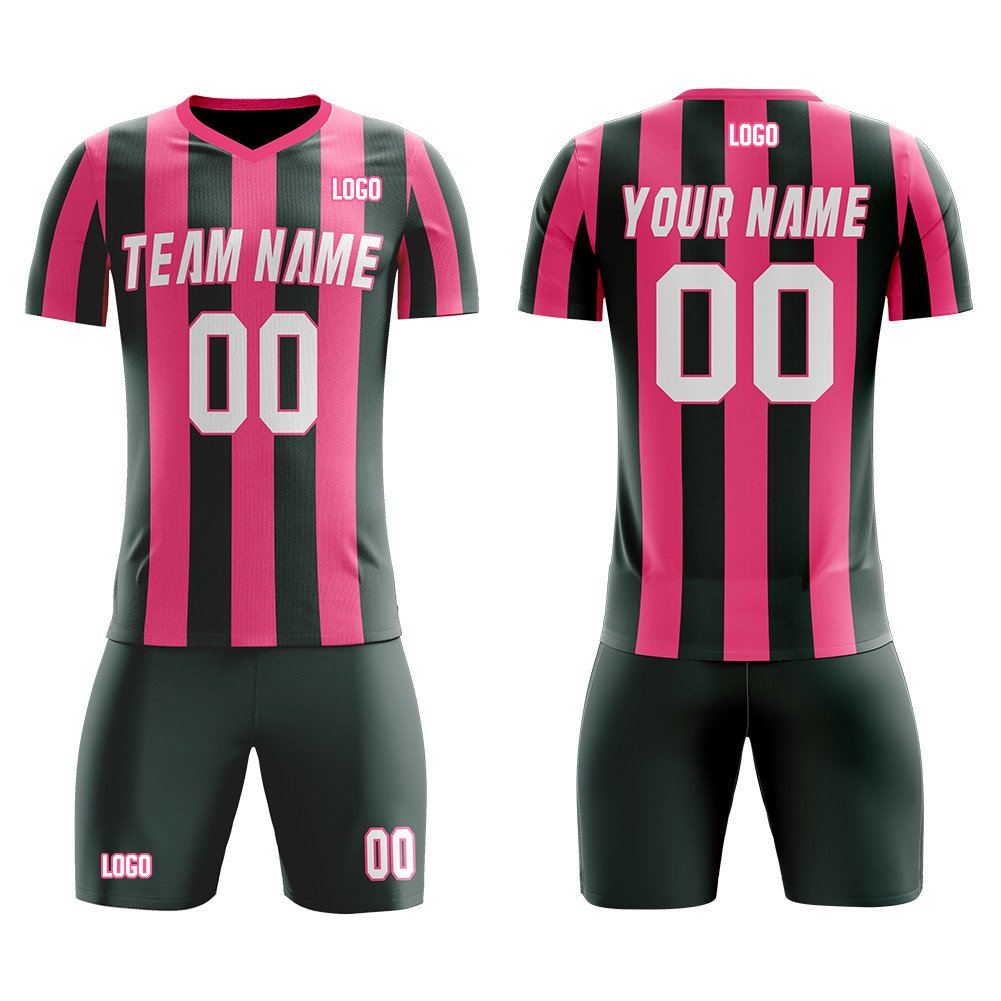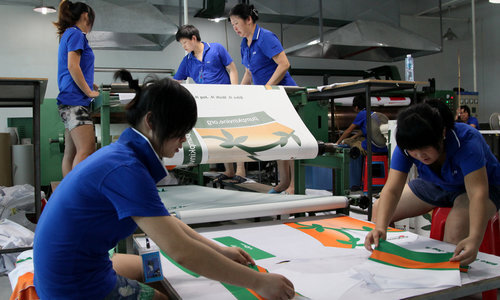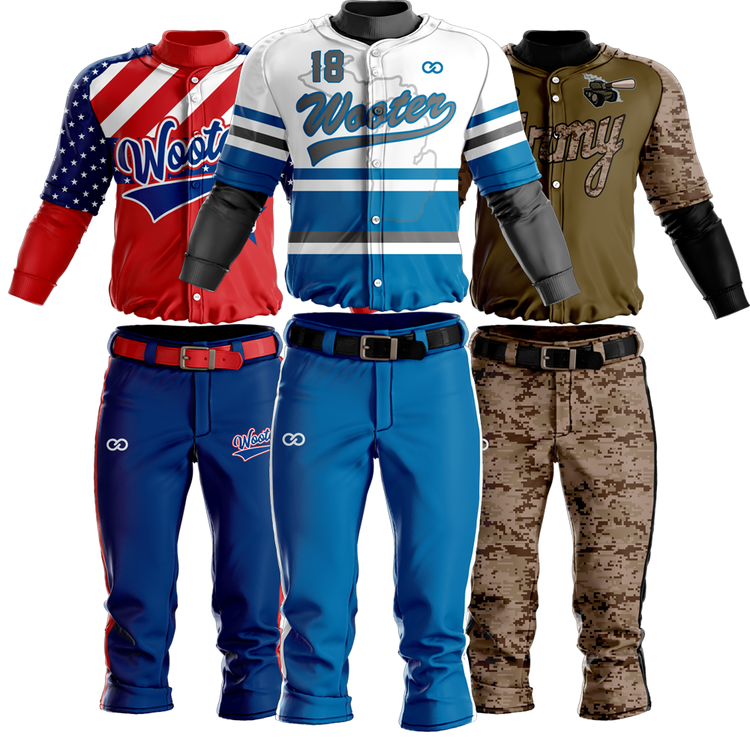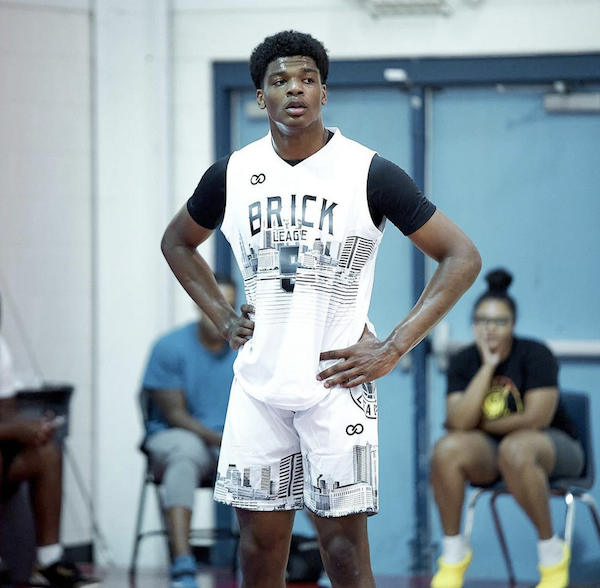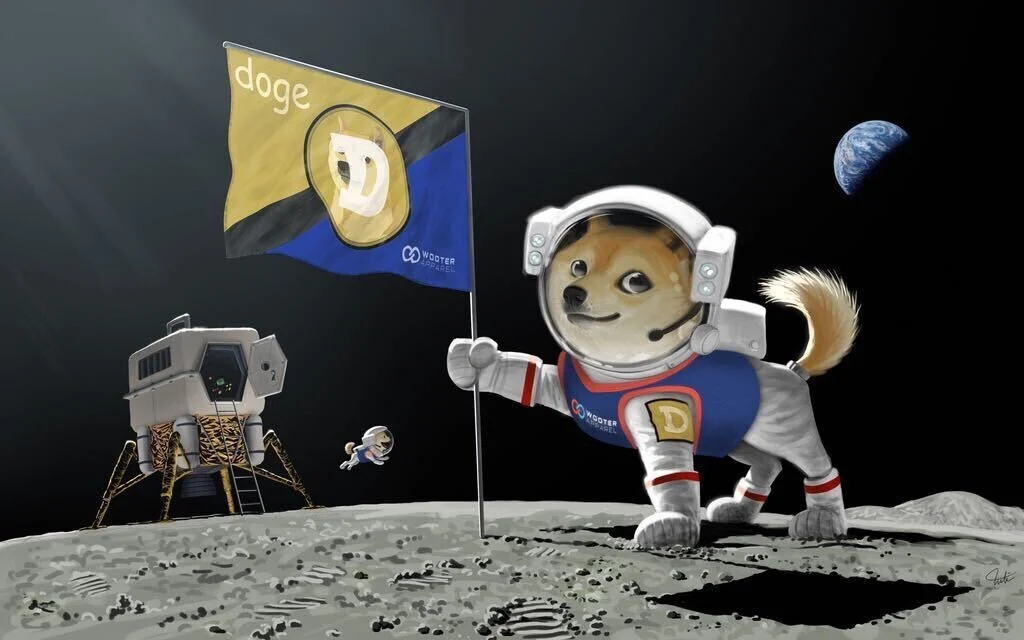The Evolution of Custom Sportswear: From Past to Present
/Custom sportswear has come a long way, evolving alongside the ever-changing landscape of sports and fashion. From simple designs and limited options in the early 20th century to the vast array of choices and cutting-edge technology available today, the evolution of custom sportswear has revolutionized the way athletes and teams express themselves. In this article, we will take a journey through time, exploring the fascinating evolution of custom sportswear from its humble beginnings to the present day.
Ancient Times: In ancient times, sportswear was often simple and functional. For example, Greek athletes in the Olympic Games wore shorts made from animal hide and sometimes competed naked. Gladiators in Rome wore protective gear and helmets made of leather and metal.
The Early Days (19th Century): In the 19th century, sports uniforms began to evolve as organized sports became more popular. Cricket and tennis players wore white clothing to keep cool in the sun, while early rugby and soccer team uniforms include knickerbocker pants and long-sleeved shirts. Baseball players wore wool uniforms with high collars and long pants.
The Early Days (Early 20th Century): In the early days of sports, custom sportswear was a far cry from what we see today. Athletes would wear generic, non-personalized uniforms that often lacked style and functionality. It was not uncommon to see teams wearing plain cotton jerseys with basic lettering or numbering. Customization options were limited, and the focus was primarily on functionality rather than fashion.
Rise of Logos and Branding (1950s-1960s): As sports gained popularity and teams began to establish their identities, the concept of logos and branding emerged. This marked a significant shift in custom sportswear, as teams started incorporating unique logos and designs on their uniforms. Logos became a symbol of team pride and recognition, and they allowed fans to connect with their favorite teams on a deeper level.
Technological Advancements (1980s-1990s): With the advancement of technology, custom sportswear underwent a transformation. Innovative fabrics and manufacturing techniques revolutionized the industry, enabling the creation of high-performance, functional, and aesthetically pleasing uniforms. Moisture-wicking fabrics, breathable materials, and lightweight construction became common features, enhancing athletes' comfort and performance on the field.
Personalization and Customization (2000s-present): One of the most significant developments in custom sportswear is the ability to personalize and customize uniforms. Today, athletes and teams have a vast array of options to choose from, ranging from color schemes and patterns to individual names and numbers. Customization allows teams to showcase their unique style, build team identity, and establish a strong visual presence both on and off the field.
Sublimation Printing and Digital Design (2000s-present): Sublimation printing and digital design have revolutionized the custom sportswear industry. This technique enables intricate and vibrant designs to be seamlessly integrated into the fabric, resulting in durable, fade-resistant, and visually stunning uniforms. Teams can now express their creativity without limitations, incorporating complex patterns, gradients, and detailed artwork into their sportswear.
Integration of Technology (2010s-present): The integration of technology into custom sportswear has opened up new possibilities. Smart fabrics and wearable technology have made their way into the industry, offering features such as moisture sensors, temperature regulation, and GPS tracking. These advancements not only enhance performance but also provide valuable data for athletes and coaches to analyze and improve their game.
Sustainable Practices (2010s-present): In recent years, sustainability has become a critical focus in the custom sportswear industry. Many brands are now incorporating eco-friendly materials, such as recycled fabrics and water-based inks, into their manufacturing processes. This shift towards sustainability ensures that custom sportswear aligns with environmentally conscious practices, reducing its impact on the planet.
The evolution of custom sportswear has been a journey of innovation, creativity, and functionality. From humble beginnings in the early 20th century to the present-day array of choices and advanced technology, custom sportswear has transformed the way athletes and teams express themselves and perform on the field. As we continue to push the boundaries of design and functionality, one thing remains certain: custom sportswear will continue to evolve, reflecting the ever-changing needs and aspirations of athletes and teams around the world.















